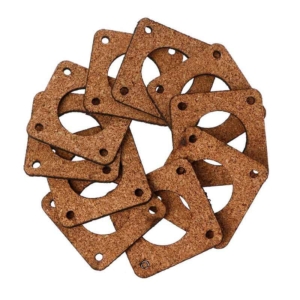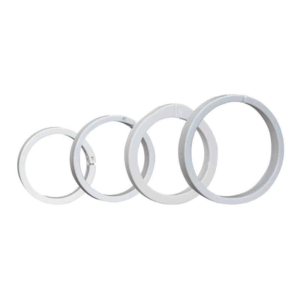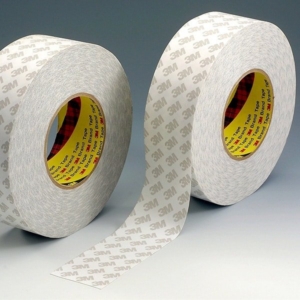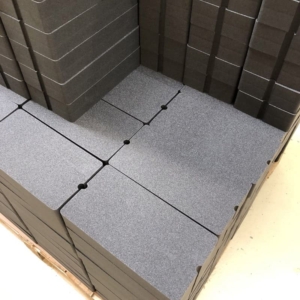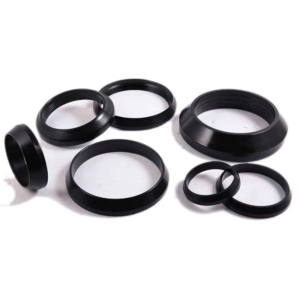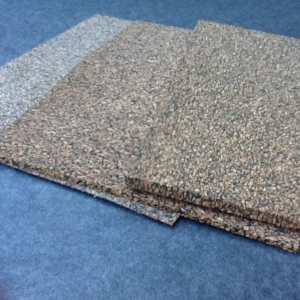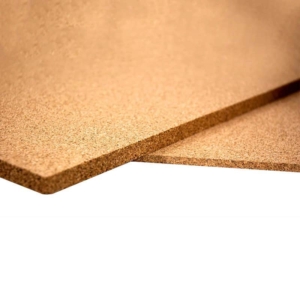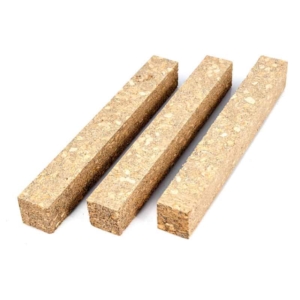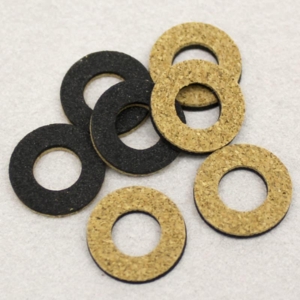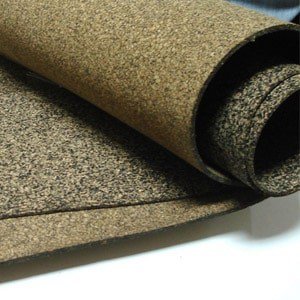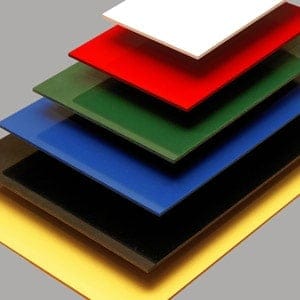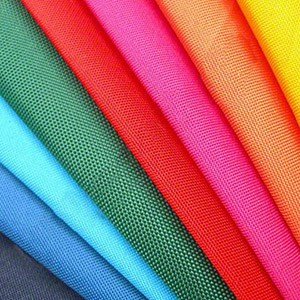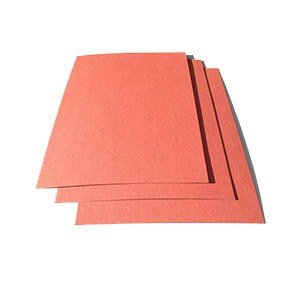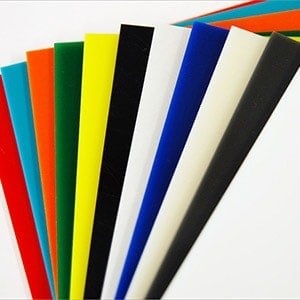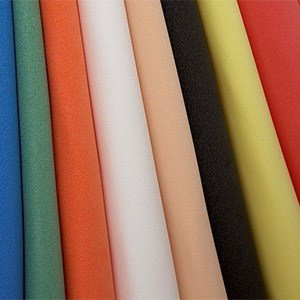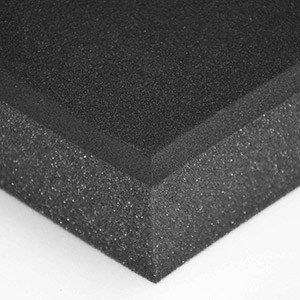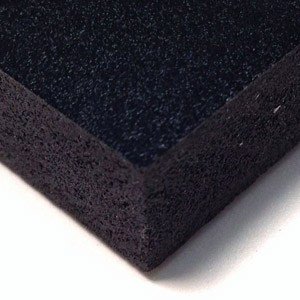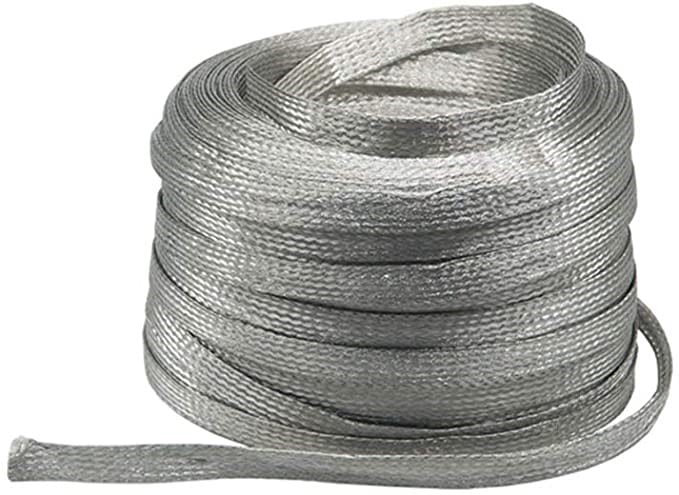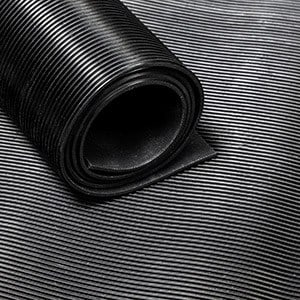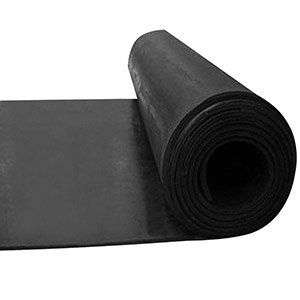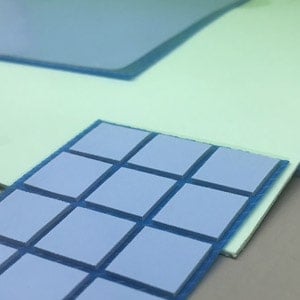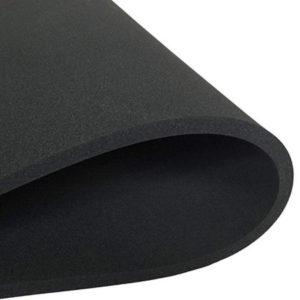Neoprene Rubber Mouldings
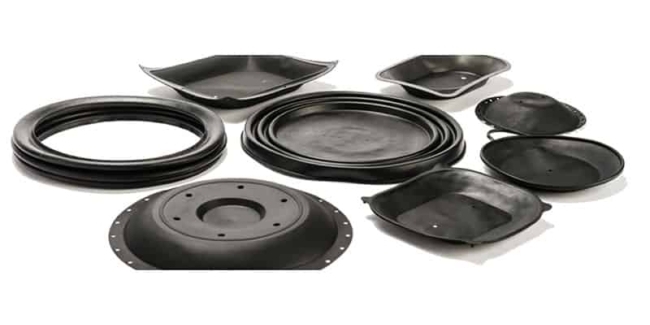
Neoprene Rubber Mouldings
Advanced Seals & Gaskets provide various rubber moulded components produced from numerous rubbers, one such material being neoprene rubber. A rubber moulding requires specialist machinery and processes (compression, transfer or injection moulding) as they are generally bespoke shapes, with complex profiles, have a ribbed finish or may require a lip or curved edge - for these reasons neoprene rubber mouldings can not simply be pressed from sheet material.
Neoprene rubber mouldings can take many forms for example feet, buffers sleeps and o-rings to name a few, all designed to provide protection, prevent the leakage or ingress of air, fluid or gas and to be aesthetically pleasing. All our neoprene rubber mouldings are made to order and are produced using dimensions, samples or drawings provided by customers, from which a tool or moulded cavity is made.
Neoprene rubber mouldings are preferred in applications where there is exposure to water, chemicals and oil such as construction, aerospace, automotive, marine, medical, food/drink, electrical, plumbing and agriculture.
What are Neoprene Rubber Mouldings?
Rubber moulding is the procedure by which raw material, in this case, neoprene rubber into a specific shape and usable product using 1 of 3 processes (compression/transfer/injection moulding), in some cases, such as with the production of o-rings, the cord is produced by way of extrusion and joined manually to form the ring.
Neoprene rubber mouldings can be made in solid or hollow forms, to suit individual applications, with each part perfectly formed and identical every time thanks to the manufacturing process. The types of Neoprene mouldings available are endless as they can be used in practically every industry, some examples of neoprene rubber mouldings include rubber sleeves, rubber bellows (coverings), rubber feet, buffers and parts for sports equipment.
Product Enquiry
For information on Neoprene Rubber Mouldings please complete the following quick enquiry or call us on +44(0)1384 252555.
Product Specification & Key Characteristics
- Colour: Black (white - FDA only)
- Grades Available: standard
- Density: 40 – 90 Shore Hardness
- Resistances: UV, ozone, water, oil, gases
- Temperature Range: -20°C to +70℃
- Thickness: made to order- can be moulded into a solid shape or hollow
**Neoprene sponge is not suitable for use with oxidising acids, ketones and some hydrocarbons**
Full technical data can be supplied upon request,
or downloaded from our online portal.
Rubber Mouldings
Rubber mouldings are in a choice of materials including EPDM, neoprene, nitrile, silicone and Viton. Although the manufacturing process is the same, each material has its own unique properties suited to different applications. If you need help choosing the material or type of extruded profile you need, please give a member of our sales team a call who will be happy to discuss the available options.
Why use Neoprene Rubber Mouldings?
Rubber mouldings are ideal for customers who are looking for a non-standard profile to fit specific applications, the process of producing a moulded part means the customer is guaranteed to have an identical product each time, which is essential for high volume production and assembly. Our customers commonly request their extrusions to be produced in neoprene rubber due to the high water and environmental resistance of neoprene along with the physical strength, durability and versatility of the material.
As neoprene rubber mouldings are made to order, there is an infinite number of forms available, all produced using the exact same material, with the same extensive list of properties. Neoprene rubber is an excellent material for creating an air, dust and watertight seal, it has excellent ageing properties, being resilient to ozone, sunlight, oxidation and UV exposure and not becoming brittle over time.
Neoprene rubber extrusions are resistant to oil, chemically inert, flame retardant and have a wide working temperature range of -20°C to +70℃. Neoprene rubber is available in a number of hardnesses and grades, all of which can be moulded to form a profile of your choice.
Benefits of Neoprene Rubber Mouldings
- Popular for external & automotive sealing applications
- Durable
- Variety of Grades & bespoke profiles available
- Impermeable to water and dust
- Moderate resistance to oil, chemical greases and fats.
- Excellent resistance to ozone, weathering and ageing
Processes
There are three main processes that are used in the process of Neoprene rubber mouldings.
Injection Moulding
Injection moulding is the process by which raw/uncured neoprene material is loaded into a hopper or holding unit where it is heated to a molten state and then fed through a nozzle in pre-measured quantities into the mould/cavity. Pressure and heat levels are adjusted within the cavity-causing the material to ‘cure’ and the moulded product is formed.
Compression Moulding
Compression moulding is made up of a top and bottom pre-heated steel mould/cavity into which raw material is poured in and the two halves are closed together. This tool is heated in order to melt the neoprene compound creating the desired shape and the final product. Although this process is great for bespoke moulding, it can be very time consuming for high volume production.
Transfer Moulding
The transfer moulding process is the more complex of the three. The raw/uncured material or charge is loaded into the transfer pot, this pot is then heated as a plunger slowly enters the pot building pressure, forcing the melted rubber through the sprue or channel. The sprue leads to the mould cavity, this cavity is then filled with the melted rubber material forming the desired shape of the component. Once the raw material has cured, the moulding tool can be opened and the formed part removed.
Different Grades
Advanced Seals & Gaskets work with many material manufacturers and suppliers, giving our customers more choice when designing their neoprene rubber moulding, other grades available include:
(BS2752) British standard 2752 is a higher performing, stronger grade of neoprene rubber which offers a wider working temperature range of -30°C up to +120°C, greater resistance to ageing, weathering, acids, inorganic salts, oils and ozone as well as improved strength and anti-abrasion qualities in comparison to standard neoprene. This grade is available inshore hardnesses of 40°, 50°, 60°, 70° and 80°.
Flame retardant neoprene rubber mouldings can handle continuous temperatures of -30°C to +100°C, this material meets the test requirements of the flammability standard UL94-V0 and is in line with ISO 340. Flame retardant neoprene rubber sheets are also tested in accordance with anti-static BS 490.
Food Quality (FDA) neoprene is white in colour and conforms to EC and FDA regulations for use within the food processing and pharmaceutical industries. Properties including resistance to fats, greases and vegetable oils, combined with higher tensile strength and wider working temperature range of -30°C up to +130°C make it a popular material to use.
Please get in touch if you are unsure which grade of neoprene or type of moulding you require for your application, samples of our materials are readily available for your perusal.
Please contact us using the form below or by calling us on +44(0)1384 252555.
